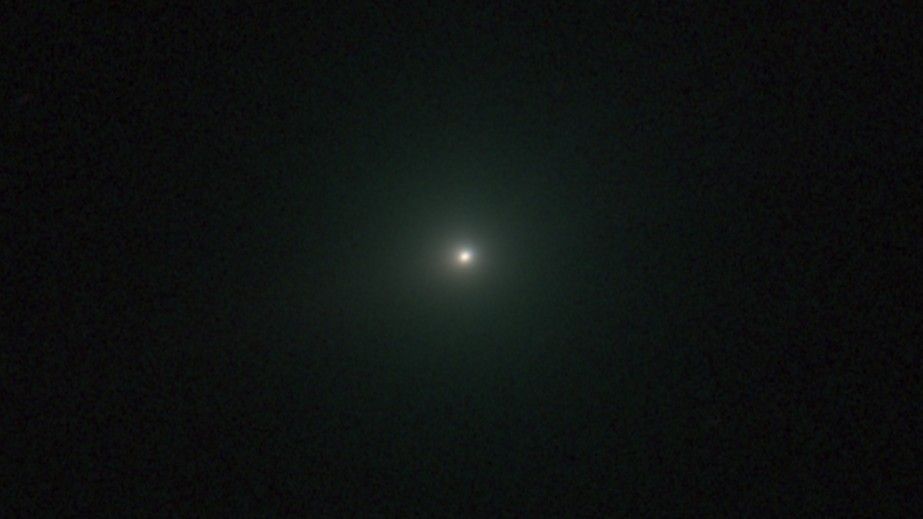Refresh
Good morning and welcome to the Live Science news blog.
While we cover the most important or interesting topics of the day, there is no way we can report on it all, not even using AI (and we are very clear about how we use it. TL;DR — we don’t).

Comet me, bro
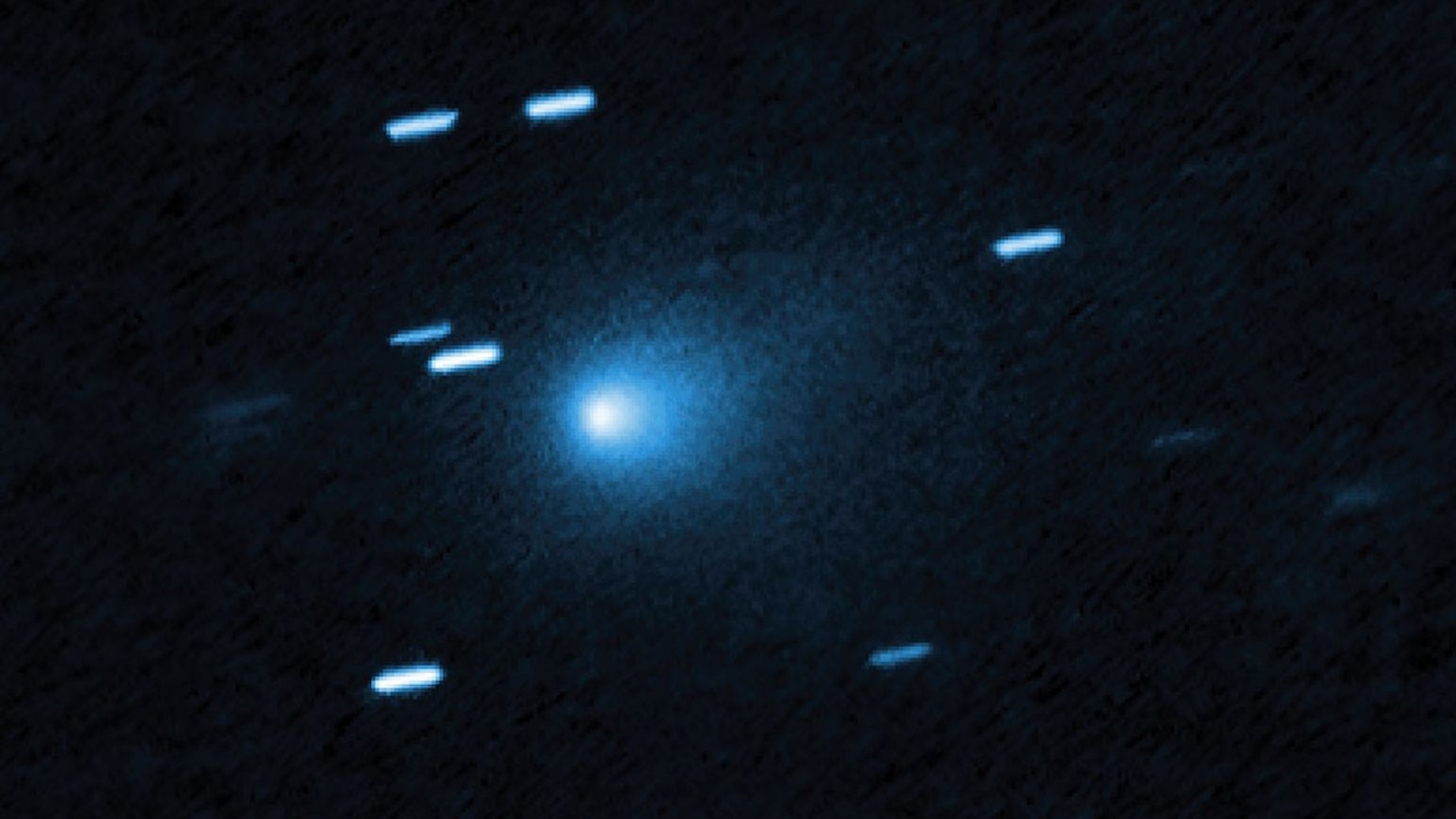
Good morning, science fans. Ben Turner, Live Science’s Acting Trending News Editor, here to smash a big bottle of champagne (or in my case a mug of coffee dregs) on the bow of this blog.
Leading our coverage this morning, as they have been all week, are updates on Comet 3I/ATLAS, the fascinating third-ever interstellar visitor to our solar system being tracked by astronomers as it peeks out from behind our sun. The comet, which is 7 miles (11 kilometers) wide and traveling at 130,000 mph (210,000 km/h), has rapidly brightened as it neared our sun, changing colors three times as it sheds its highly-irradiated coma.
Before you ask, no, it’s almost certainly not an alien spaceship. But that doesn’t mean the more than 7 billion-year-old object doesn’t have a wealth of secrets to offer us about its distant home star system. We’re working on a trail of exciting updates to this story, so keep comet-ing back.

Spider megacity discovered inside sulfur cave
Back on planet Earth, and deep inside a pitch-black, sulfuric cave on the Albanian-Greek border, we reported on a study that discovered a spider “megacity” — containing over 111,000 arachnids forming a web that may be the largest ever found.
NASA gets a new boss

For all those who haven’t left for good because of the spiders, let’s return to space — well, space policy — with news that President Trump has renominated Jared Isaacman as the new NASA chief.
Isaacman, a billionaire and key Elon Musk ally, has been setting Washington abuzz all week with a leaked memo that outlines plans to outsource some of NASA’s missions and treat the agency like “more of a business,” Politico reports. Trump initially put Isaacman’s name forward to lead the agency in December 2024, but his nomination was abruptly pulled during a public feud with Musk earlier this year.
What does falling into a black hole feel like?
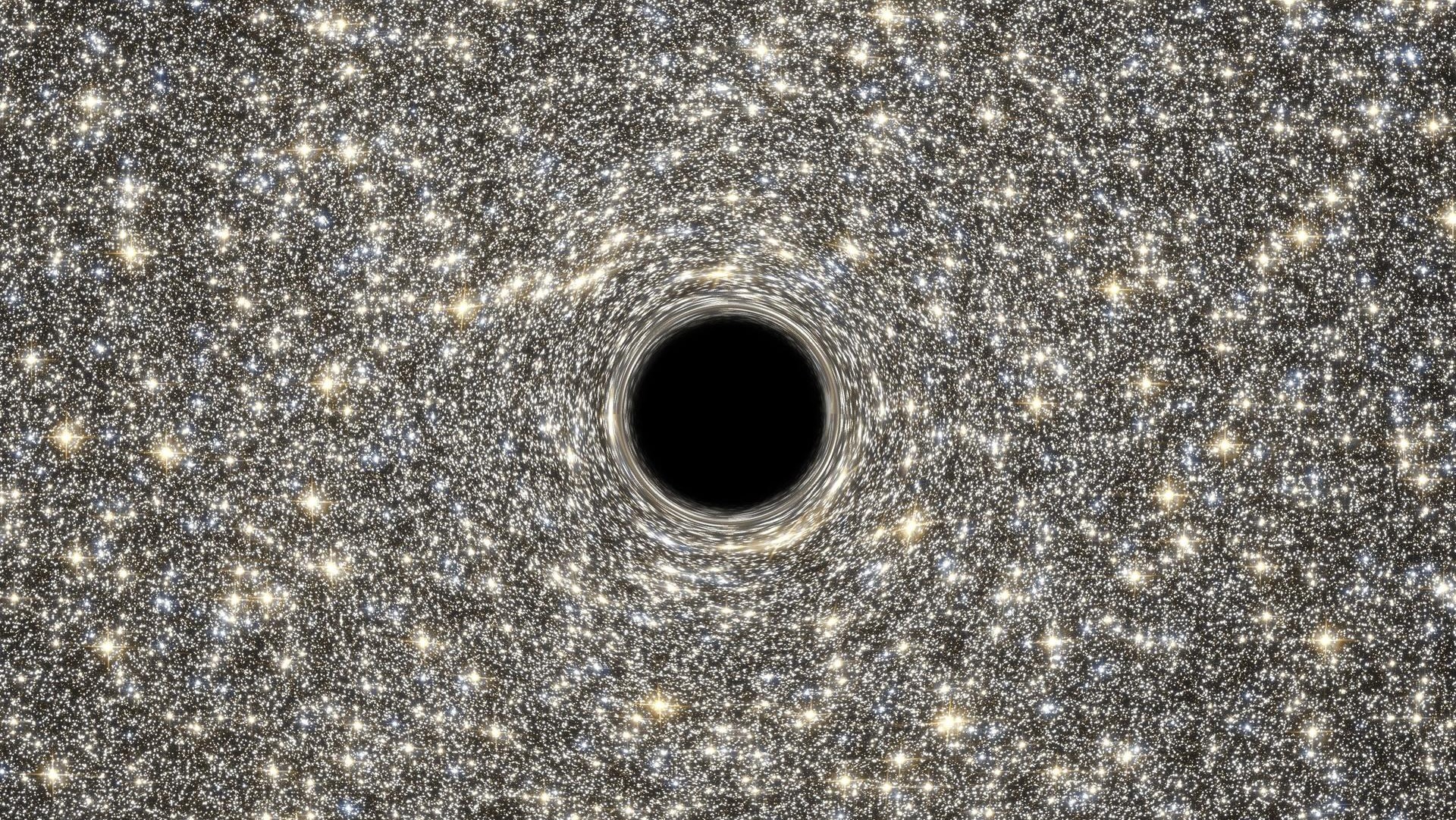
Ever wondered what it would feel like to get swallowed up inside the crushing gravity of a black hole?
Yeah, I sometimes have bad days too, but that’s rather beside the point for this fascinating excerpt from science writer and physicist Jonas Enander’s new book “Facing Infinity: Black Holes and Our Place on Earth,” which takes us step-by-step through the gory yet fascinating ordeal.
Move over 3I, there’s a second Comet ATLAS in town

We’ve been so engrossed in coverage of 3I/ATLAS that we nearly failed to note another comet currently in Earth’s skies. This one is called C/2025 K1 (ATLAS), or the “other ATLAS,” and it survived a near-doomed passage around the sun to emerge as a beautiful golden ribbon.
The exact reason for this comet’s gold coloration is unclear, but astronomers think it could have something to do with its relatively low ratio of gas to dust. Studying it could give scientists some more clues into the conditions in the Oort cloud, the mysterious shell of icy objects at the edge of our solar system where the comet was born.
So long 1.5 C
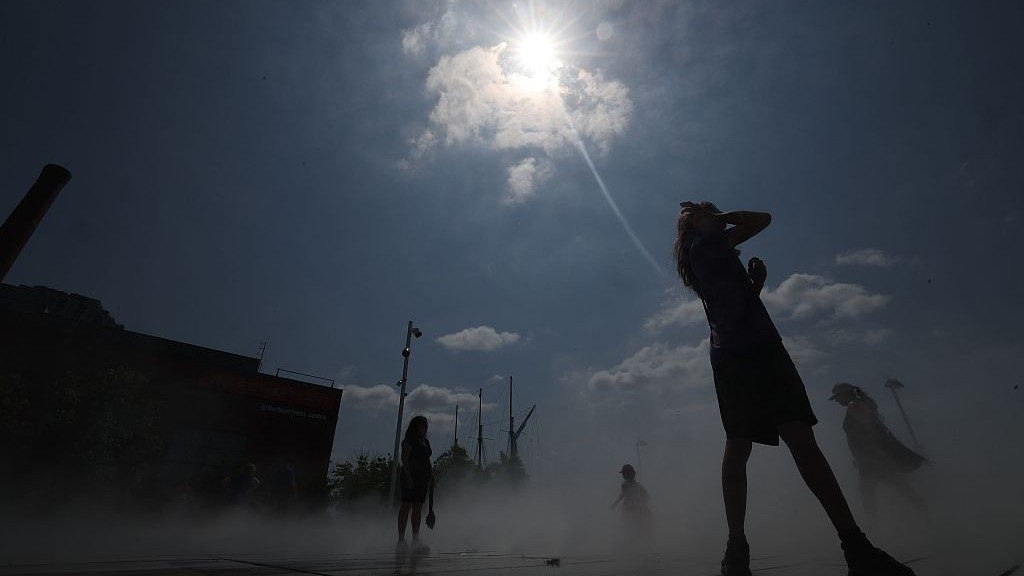
Hi everyone, it’s Patrick, Trending News Writer, here taking the blog baton from Ben. One of the big science stories circulating as of yesterday (Nov. 4) is that the United Nations has announced Earth will speed past humanity’s 1.5 degrees Celsius (2.7 degrees Fahrenheit) climate change target.
The United Nations Environment Programme (UNEP) report found that global average temperatures will likely exceed 1.5 C of warming before 2035, and reiterated calls to slash greenhouse gas emissions, which trap heat in the atmosphere.
In 2015, world leaders signed the Paris Agreement, an international treaty that promised to limit global warming to preferably below 1.5 C and well below 2 C (3.6 F). The findings of the latest report highlight world leaders’ failure to address climate change, but its findings are not unexpected. Ben covered a report in June that found greenhouse gas emissions could exhaust Earth’s “carbon budget” in as little as three years, while last month, I covered a similarly grim report documenting record carbon dioxide (CO2) increases.
The new report comes as many world leaders prepare for the U.N.’s COP30 climate summit in Brazil next week — for reference the Paris Agreement was adopted at COP21. Climate scientists often stress that it’s not too late to reverse course and prevent further warming.

Patrick Pester
Stranded Chinese astronauts

Harry Baker, one of Live Science’s Senior Staff Writers, has just penned (okay, typed) a story about three Chinese astronauts (taikonauts) who are now stranded in space after their return capsule was struck. The culprit? A suspected piece of “space junk” that hit the capsule just hours before its planned departure earlier today, forcing taikonauts Wang Jie, Chen Zhongrui and Chen Don to extend their time aboard China’s Tiangong space station.
Officials are still investigating exactly what happened. It’s currently unclear how much damage the debris caused or when the three taikonauts, who have been living on the space station since April 24, will be able to return home.
Can AI be creative? Do we even want it to be?

Us humans are pretty proud of our creativity — for centuries we’ve cited our ability to make paintings, compose symphonies, and write poetry (or nowadays really, really good posts) as the key traits that distinguish us from other animals.
But what happens to that self-applied definition if it turns out that artificial intelligence (AI) can do all of those things too? And will that day ever come, or are the machines simply parasitizing our creativity? This fascinating Nature news feature sought answers.
Maya ruin was actually a gigantic cosmogram
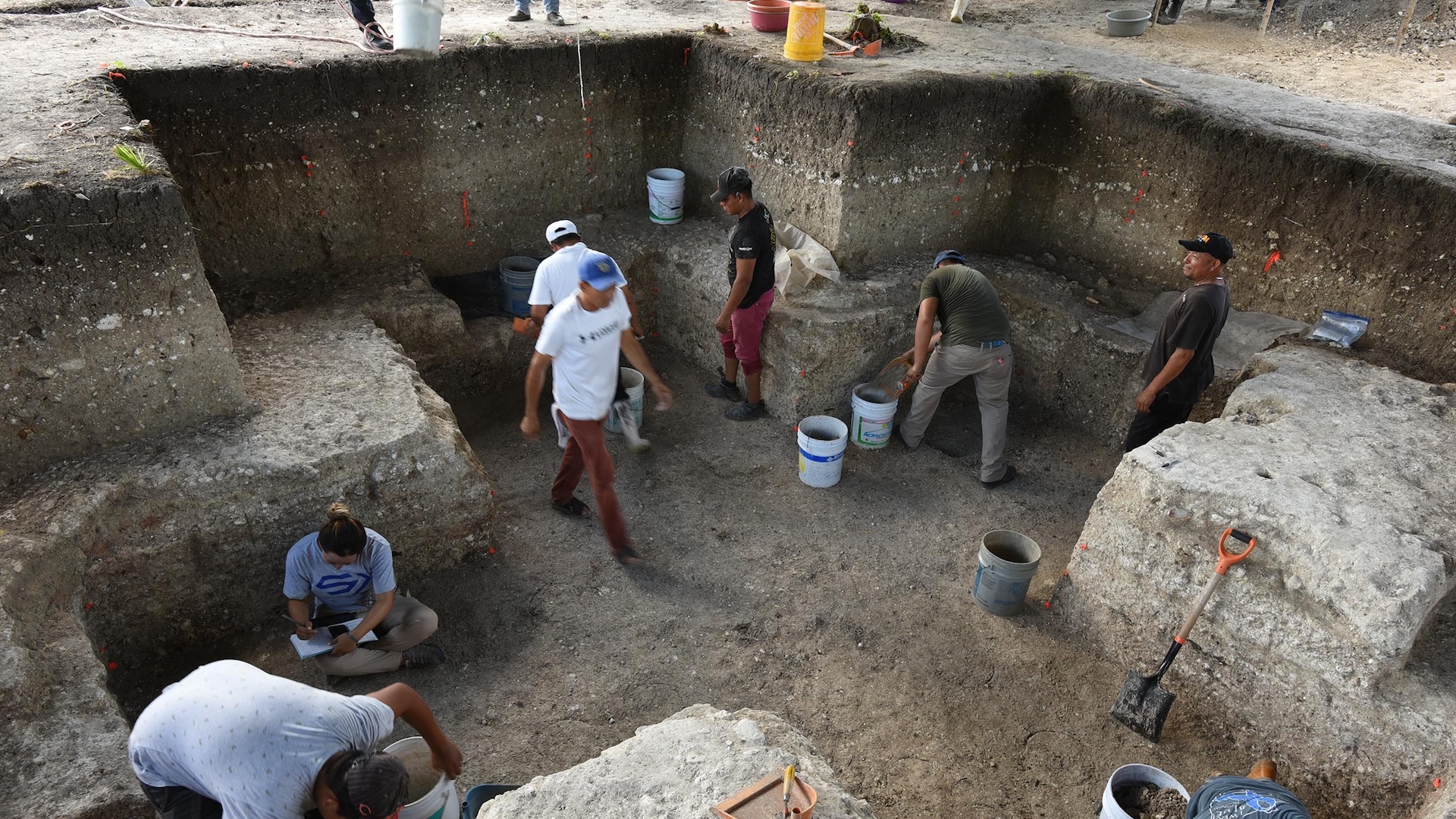
Or perhaps we should hold off on the AI creativity thinkpieces until we find a chatbot that can do this. Archaeologists have published a new study suggesting that Aguada Fénix, a 3,000-year-old site in what is now southeastern Mexico, was actually a gigantic representation of the Maya people’s cosmology.
Working together to build the 5.6 by 4.7 mile (9 by 7.5 kilometer) site may have been a celebrated communal activity, the researchers suggest, similar to the construction of Stonehenge.
James Webb Space Telescope ‘eclipse maps’ an extremely distant planet

How do you create the first-ever map of a planet that’s 400 light-years away? You use a really good telescope, let’s say the James Webb Space Telescope, that’s so sensitive it can measure the tiny changes in light reflected across a planet’s surface as it’s eclipsed by its star. Then you piece all of those changes together until you create a complete 3D representation.
If it sounds fantastical, it very much is. But scientists actually did it and you can read all about it here.
Who caught the Beaver Supermoon?


Patrick Pester
New comet 3I/ATLAS image
🚨 3I/ATLAS reportedly captured by R. Naves Observatory in Begur, Spain — November 5, 2025.If this image is real… what are we really looking at? Are we doomed? #3IATLAS pic.twitter.com/Gy096UqjMhNovember 5, 2025
China to win AI race?
A statement from NVIDIA CEO Jensen Huang. pic.twitter.com/Exwx54OYJVNovember 5, 2025
You can read the FT’s reporting here, but just to warn you, it is behind a paywall. CNBC’s free-to-view report of his comments is here.
Double, Double, AI bubble?
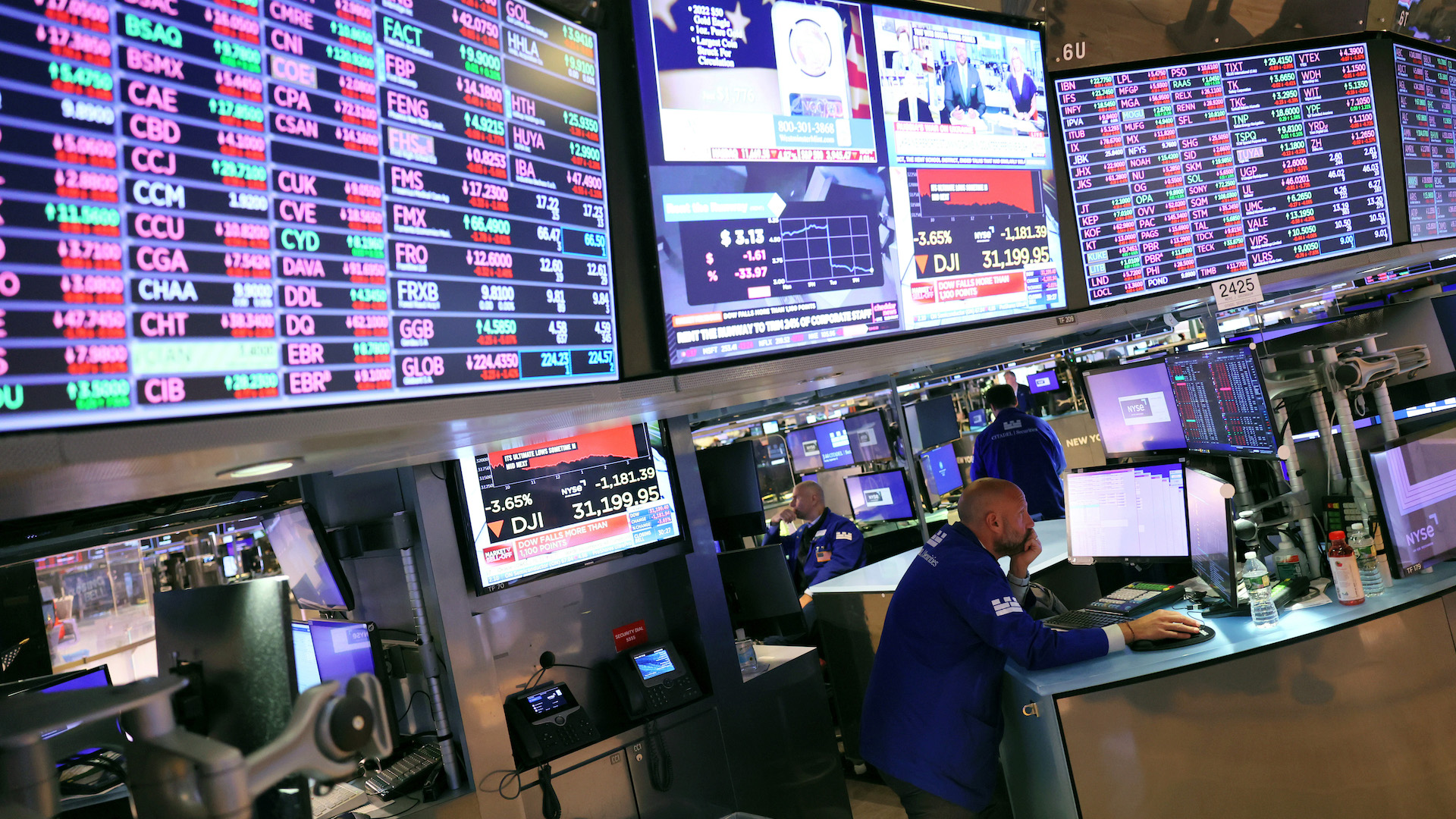
Is the artificial intelligence boom about to bust? We’ve watched dissent surrounding the technology’s dubious profitability percolate from tech bloggers through social media all the way up to big news organizations over the past few months, with some analysts warning that a major market correction could be due.
Meanwhile, OpenAI, the tech giant and ChatGPT creator at the center of much of AI’s ballooning investment, has just asked for more than $1tn in loan guarantees from the U.S. government.
The astronomical capital required to continue scaling up AI models to the level of hypothesized general intelligence, alongside the fact that (despite some impressive accomplishments) they are yet to match the hype, is causing major market jitters. Adding to that is a billion-dollar bet by ‘Big Short’ investor Michael Burry against Nvidia and Palantir. Do large language models still have some surprises left in the tank? Or should we be loading up the Zeppelin?

Ben Turner
Tipping is not optional
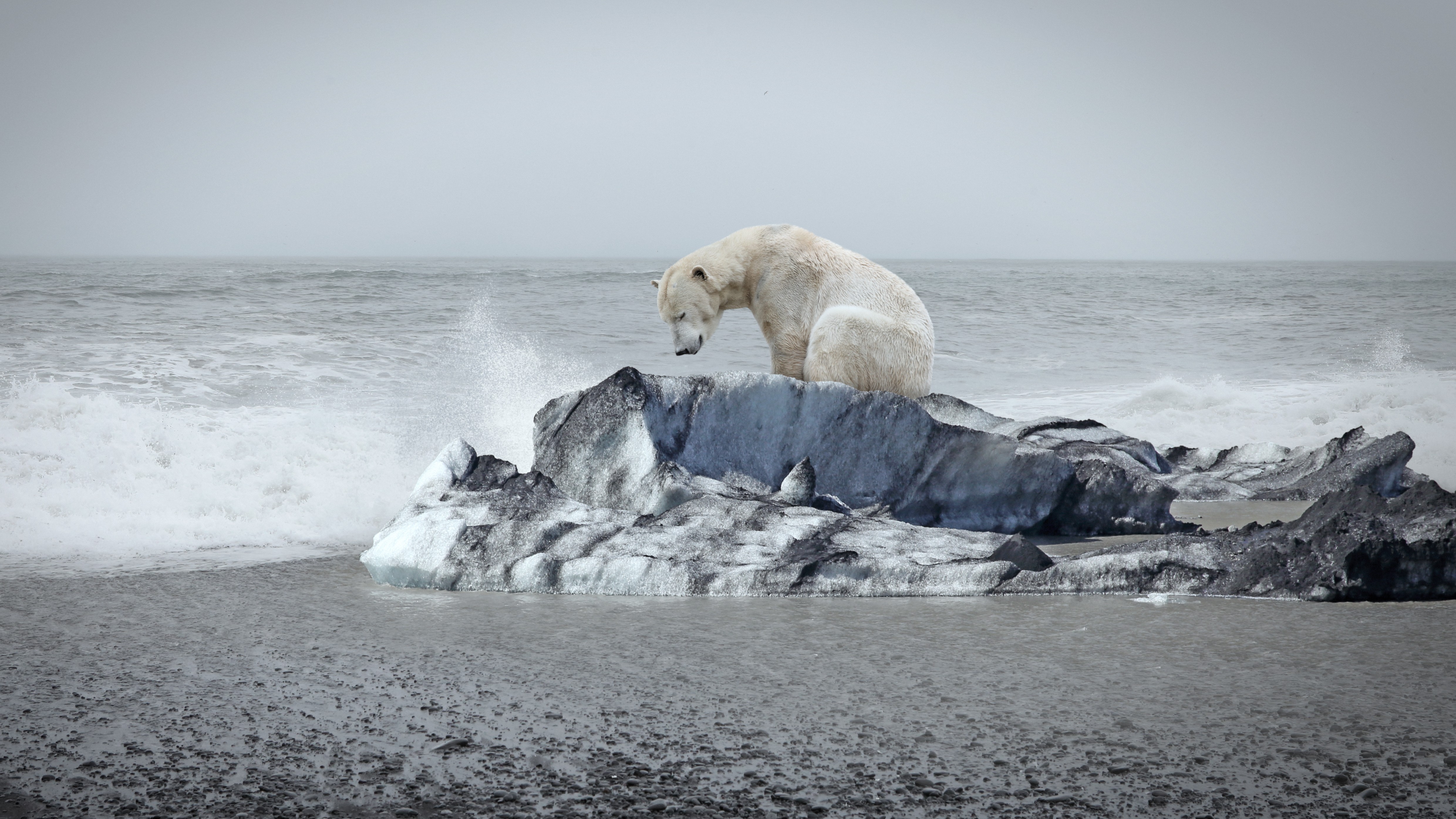
The climate change news is coming thick and fast this week as world leaders prepare for the U.N.’s COP30 climate summit starting in Brazil on Monday (Nov. 10).
One of the big topics heading into this year’s summit is tipping points — potential “points of no return” within key Earth systems beyond which lasting changes to the environment occur.
I’ve put together an explainer with everything you need to know about Earth’s tipping points, which include the collapse of polar ice sheets, thawing of carbon-trapping permafrost and widespread forest dieback.
The thing I found most alarming about tipping points is that, because we can only detect them on longer timeframes, we may have already passed some. But on the bright side, climate scientists maintain that we can still avoid the worst impacts of climate change; we just have to cut emissions — simple, right?
Check out the full story here.

Patrick Pester
A quantum leap for superconductivity?
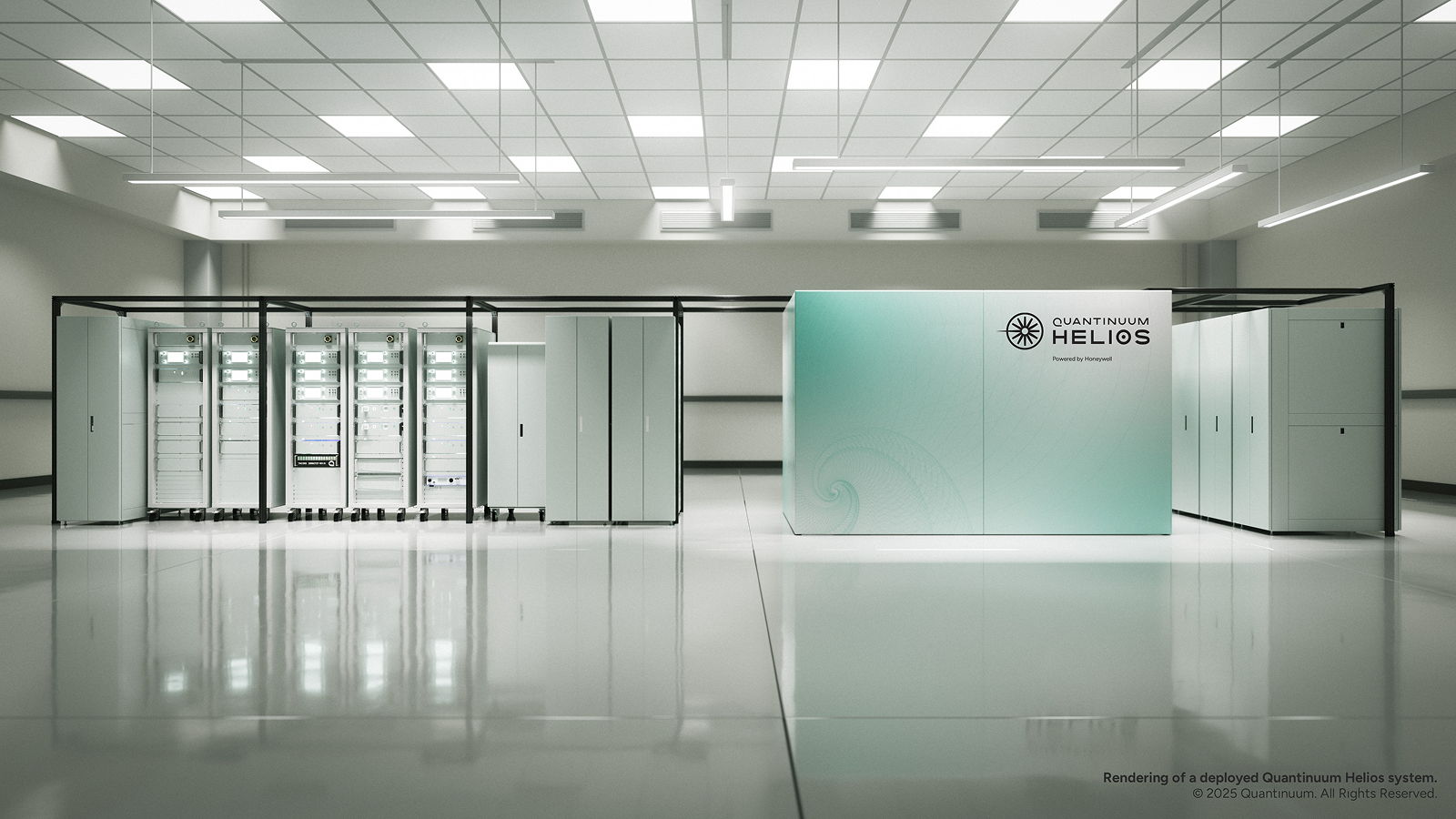
What do you do after building the world’s most powerful quantum computer? Use it to unlock the secrets of room-temperature superconductors, of course.
That’s at least the plan according to a fresh announcement by Quantinuum, a $10 billion company that claims to have made the world’s most powerful quantum processing unit. Equipped with 98 physical qubits made of barium ions, the machine, called Helios, can supposedly crunch through specialist problems it would take a traditional supercomputer the total wattage of a jet-spewing black hole to solve.
The researchers set Helios to simulate aspects of the Fermi-Hubbard model — a framework that may yield clues into making room-temperature superconductors a reality.
It could all be revolutionary if it pans out. But stay seated, it definitely isn’t our first rodeo when it comes to superconductor hype. (Quantinuum’s setup is, in fairness, incomparably more sophisticated than the DIY setups of LK-99 hobbyists.)

Ben Turner
What have the Romans ever done for us?

Good morning science fans. Trending news writer Patrick here to kick off another day of blog coverage. I want to start with a story about roads. Hear me out.
Researchers have created a new map of the Roman Empire, revealing that the Roman road network was twice as large as previously thought. The researchers made their discovery by looking at smaller, unnamed roads, and not just the main highways to and from the capital.
So how big does the new atlas reveal the Roman Empire to have been around its maximum extent in A.D. 150.? Nearly 186,000 miles (300,000 km), stretching from Europe to the Near East and North Africa.
You can read the full story here and explore the map for yourself on Itiner-e.

Patrick Pester
Japan has a bear problem
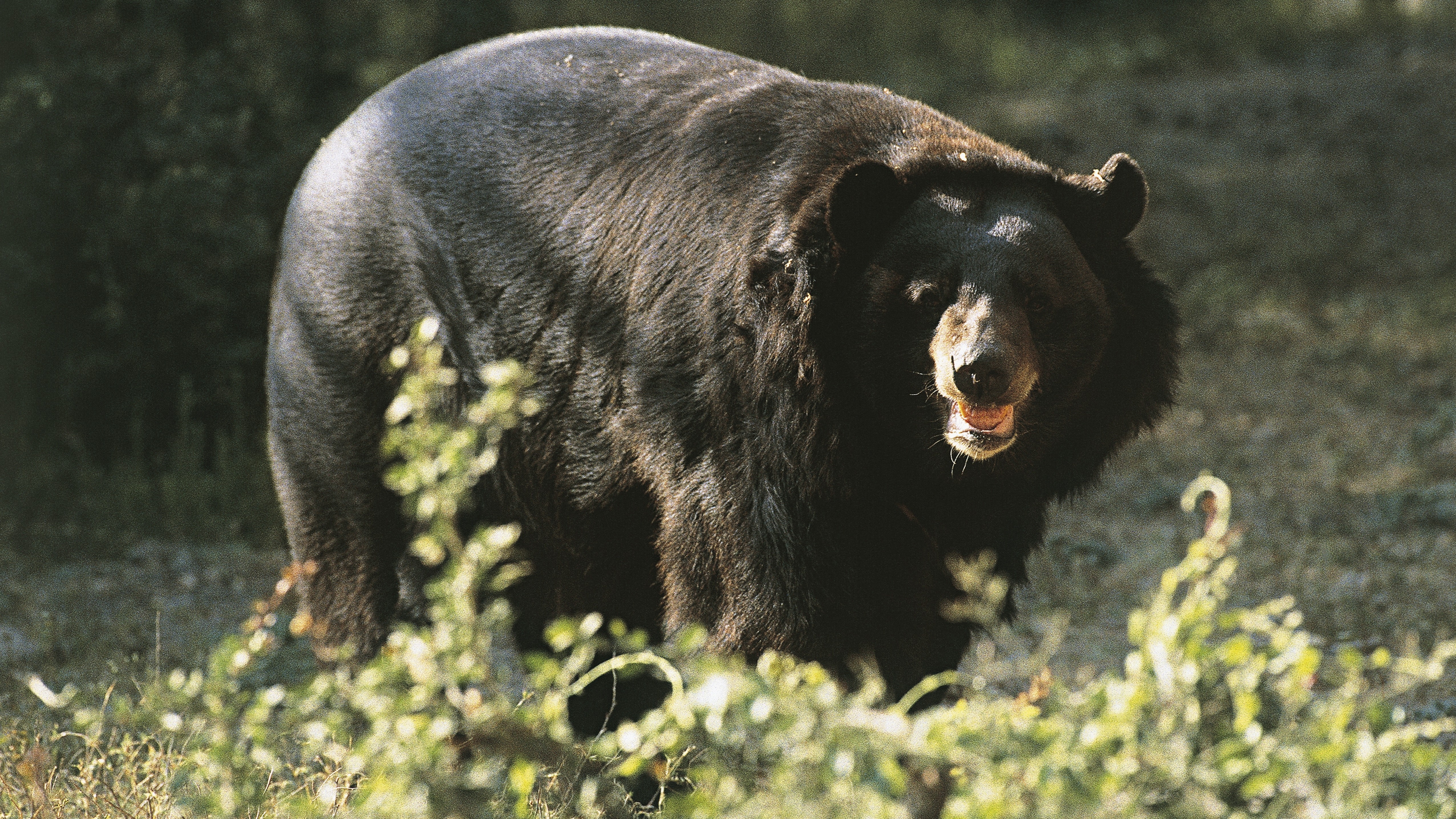
Japan has deployed its military to help deal with a rise in bear attacks, NPR reported yesterday (Nov. 6). Bears have killed a record-breaking number of people in Japan this year, and there are now almost daily reports of people encountering brown bears and Asiatic black bears, as the animals search for food before hibernation. The Japanese military says that soldiers won’t be shooting bears, but will assist in trapping and logistics.
Japanese authorities have recorded at least 12 fatal bear attacks this year, the highest toll since records began in 2006. Researchers say that climate change is disrupting the bears’ food supply, forcing them to search for food in more populated areas. Japan’s population is also aging, and it has fewer trained hunters than in years past.
For more details on Japan’s bear problem, including how the country is using “Monster wolf” robots to deter predators, check out this visually immersive story from Reuters, published last year.
For more about bears in general, check out our Bear news hub.
Comet 3I/ATLAS continues to get no privacy
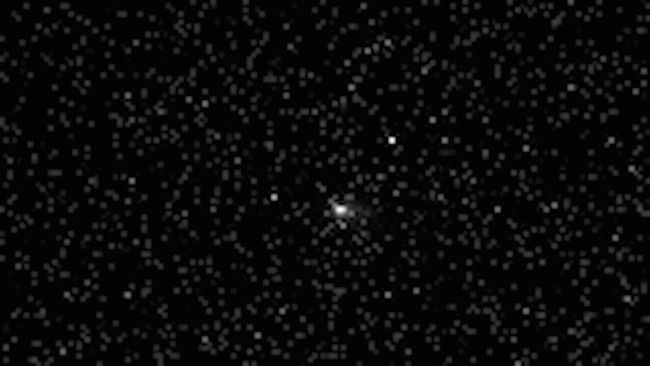
China’s Tianwen-1 Mars orbiter has snapped images of the interstellar Comet 3I/ATLAS, which continues to be the hottest thing in astronomy right now.
You can learn more about the probe’s observations, made last month as the comet flew past the Red Planet, on Space.com. I’m working on my own Comet 3I/ATLAS story today, so check back later.
Baby orca birth seen in wild for first time
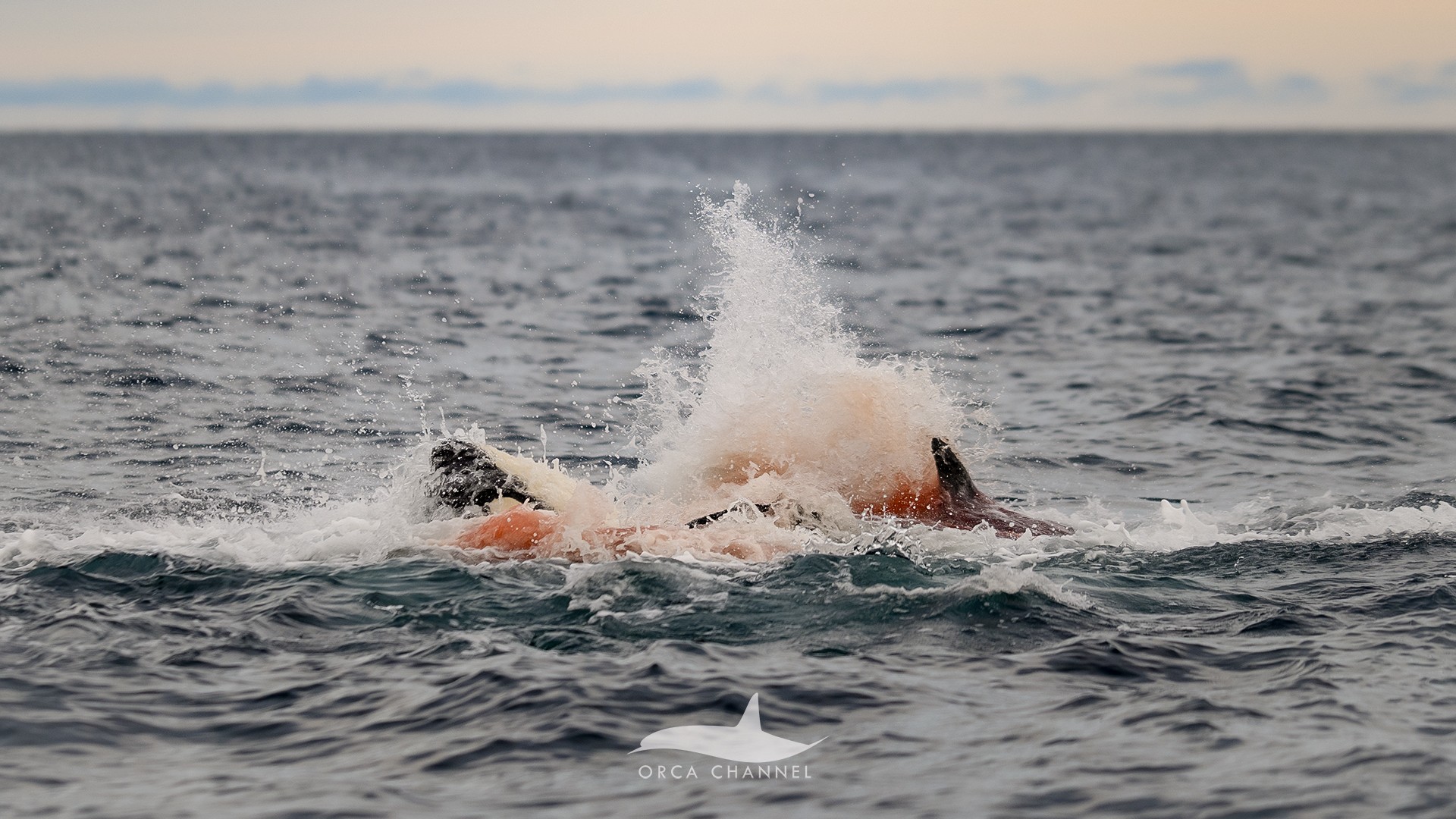
Patrick has left the office ranting about Roman emperors, I hope he doesn’t pass by a Caffè Nero. Now that it’s my turn at the wheel, let’s go see the watery part of the world where scientists have taken first-of-their-kind pictures of a baby orca being born in the wild.
The stunning shots, which show the rest of its pod forming a protective circle around the newborn, were taken off the coast of Skjervøy, Norway in the Arctic Circle.
You can check out the full story by Live Science’s Sascha Pare here

Ben Turner
Can you chat cat?

Do you think you can talk to your cat? Even attempting it strikes me, at least, as arrogant in the extreme — cats are here to be listened to, not spoken at.
Yet feline companions are pretty good communicators, Julia Henning, a feline behavior researcher at the University of Adelaide, tells us in this article on her new research into kitty communiques. There’s even a handy test, if the Roman emperors quiz wasn’t your thing.
You can read the full story here.
AI’s rocky week

It’s not been a good news week for the tech industry, with high-flying AI stocks taking a dramatic tumble over concerns surrounding their lofty valuations. Now, new reporting has revealed that OpenAI is facing seven lawsuits alleging its chatbot ChatGPT drove vulnerable users to suicide, the Associated Press reports.
We’ve already highlighted the dangers of using AI bots for therapy, with one study suggesting they’re particularly adept at “gaming” users to give them positive feedback by harmful means.
Meanwhile, venture capitalist David Sacks, Trump’s AI and crypto czar has rebuffed comments made by OpenAI CFO Sarah Friar that the company would welcome the U.S. Government backstopping its infrastructure investments with $1tn in loan guarantees. Elsewhere, Meta has been goosing its ad revenue to fund its AI ventures by targeting users likely to click on scam ads, a “bombshell” Reuters report has revealed.
Is daylight saving time worth saving?
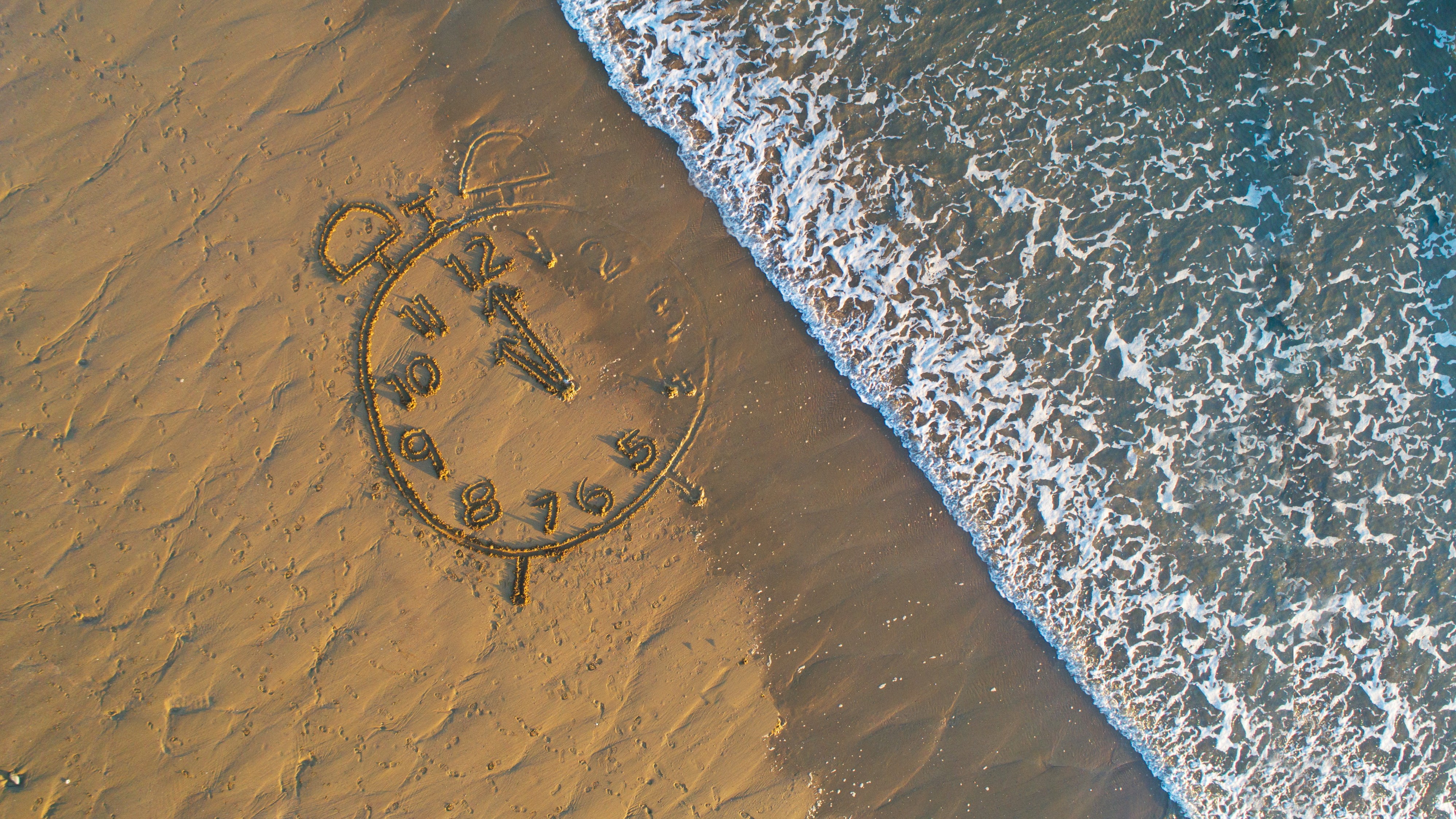
Hello! Staff Writer Sophie Berdugo here. I’m writing this post as I watch the sun already start to set from the window of my home office in London. In fact, earlier this week, I performed my yearly ritual of trying to find where on Earth I stored my Seasonal affective disorder (S.A.D.) lamp back in March.
The transition between daylight saving time and standard time hits hard every year, and I reported on one recent study showing it could even have severe health effects for some.
It turns out that the majority of Live Science readers don’t like switching between the two time policies either — only 4% would choose to stick to the current system. Have a glance at how your fellow readers feel about the biannual clock change, and let us know in the comments what you think.

Sophie Berdugo
Aurora Borealis?

If you find yourself outside in the northern U.S., Canada or Europe tonight, maybe look up — you might just be rewarded with a stunning auroral display, Space.com writes.
The light show is thanks to an ongoing geomagnetic storm triggered by a coronal mass ejection launched at Earth. Tonight’s storm is fairly mild, but some solar eruptions can grow to truly catastrophic scales, having the potential to wreak havoc on electrical systems and Earth-orbiting satellites.

Ben Turner
Stranded astronauts remain in space
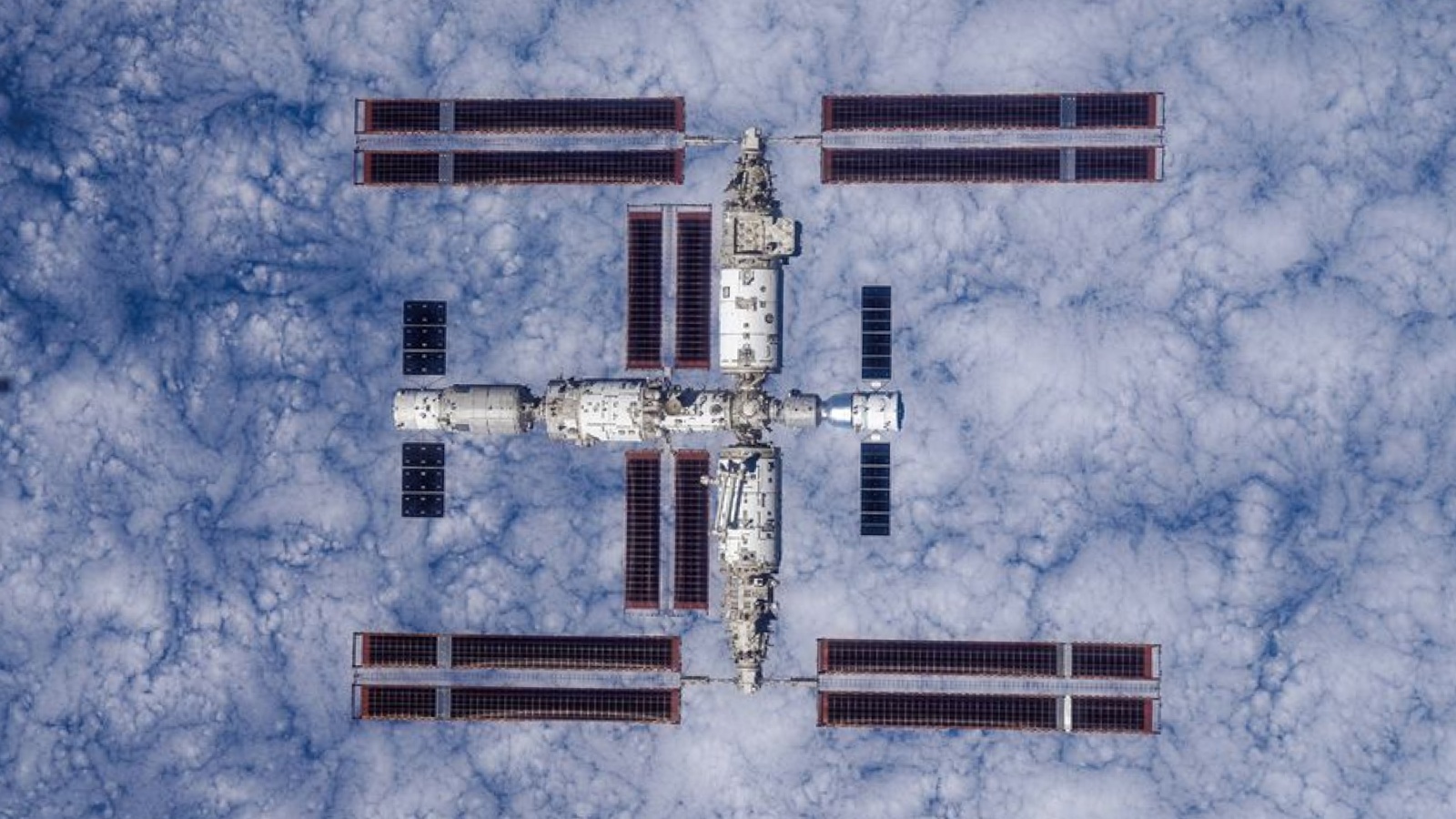
On Wednesday (Nov. 5), I posted here about Live Science’s reporting of three Chinese astronauts (taikonauts) who are stranded in space after their return capsule was struck by space debris. Well, they’re still stuck, and the story continues to capture a lot of attention.
We don’t have any updates for you on this yet: There’s no return date for the astronauts, and there’s not much to say beyond what Harry Baker wrote on Wednesday. Some outlets have reported on social media calls for Elon Musk and SpaceX to rescue the taikonauts, but it isn’t immediately apparent that China needs Musk’s help.

Patrick Pester
Live Science roundup
—Archaeologists find ‘unique’ blood-red gemstone at Roman fort beyond Hadrian’s Wall
—Watch four flying cars go toe-to-toe in new ‘Formula One of the skies’
—13th-century Christian songbook made of furry sealskin may be Norway’s oldest surviving book
—‘Unlike any we’ve ever seen’: Record-breaking black hole eruption is brighter than 10 trillion suns
Comet 3I/ATLAS glows green in new image
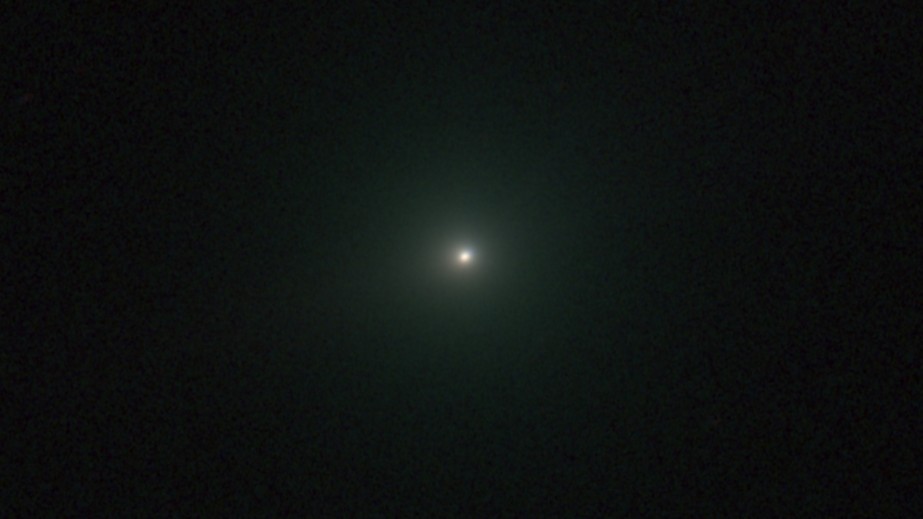
We’re rounding off today’s posts with a brand-new update about what else, but Comet 3I/ATLAS (I’m installing a monitor to check I’m not saying its name in my sleep after this week).
In this new image taken by the Lowell Observatory’s Qicheng Zhang, the comet is seen glowing green and hiding its tail. Despite what you may be reading elsewhere, both of these things are still normal, as Patrick outlines in his write-up on the image.
Check out the full story here.

Ben Turner

